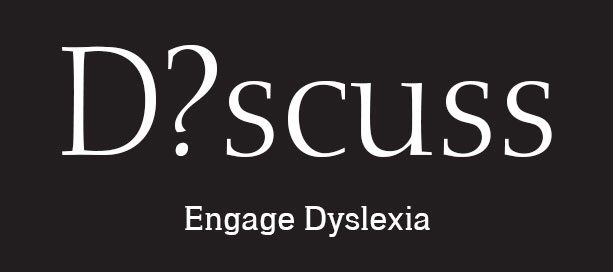3 Technology Must-Do’s for Dyslexia at School
iSpeech.org
By Fernette Eide||Accommodations, Advocacy, Being Dyslexic, Education, Teachers, Technology|5 Comments
From a recent article: “My teachers won’t let me take a photo of the Whiteboard…(are you serious?)” and the post has been shared over 1000 times. Yes, this is common. Yes this shouldn’t happen to students with dyslexia or dysgraphia.
We are still gathering data from our Dyslexia at School Study (if you haven’t taken it, please do! http://bit.ly/dyslexia-school), but one thing is very true – denial of assistive technology is a rampant problem in U.S. public schools.
In the first cohort of our respondents, a whopping 68% of respondents told us that their students weren’t offered accessible text or technology supports for reading. A similar number of students were given books they could not read.
The despair is evident in the many comments that accompanied survey questions. “We were denied all use of technology, audiobooks, calculators, as we were denying him ‘independence’.” “I was told I was going to cripple his ability if I allowed him to use a ‘crutch’.”
83% of all parents of dyslexic students in public school surveyed told us that their student suffered from emotional and psychological challenges at school. How much of that, we wonder, is because an absence of teacher training about dyslexia and best misguided or at worst discriminatory practices involving accessible technology and dyslexic students at school?
What Are the 3 Technology Must-Do’s for Dyslexia?
1. Use Technology to Support Reading and Learning
All students should be allowed to access knowledge at the level of their ability and reading ability of fluency should not hold students back from learning. There are free resources. that provide digital texts to U.S. students and these can be translated into audio or used with an inexpensive app to give students the information and learning they are hungry for. Reading with assistive technology helps reading without it – because of greater exposure to words and their correct pronunciation and greater exposure to vocabulary and complex syntax. Assistive technology is not a crutch. Assistive technology provides access to higher level information as well as having beneficial effects on remediation itself.
2. Use Technology to Support Note Taking
All students should be allowed to use technology to support note-taking. Students should be allowed to take picture and audio record lectures.
3. Use Technology to Support Spelling and Writing
All students should be allowed to use technology to support writing, which may vary from the simple (typing, word processor, spellcheck) to more advanced: word prediction software for grammar, spelling, and writing, essay prompts and organizers, etc (e.g. Co-Writer).
It may still be appropriate for students to be tested on individual reading, writing, and spelling tasks without the use of technology; however, test administration of this sort should be intermittent, whereas assistive technology should be the daily norm. Original Site: Dyslexic Advantage


